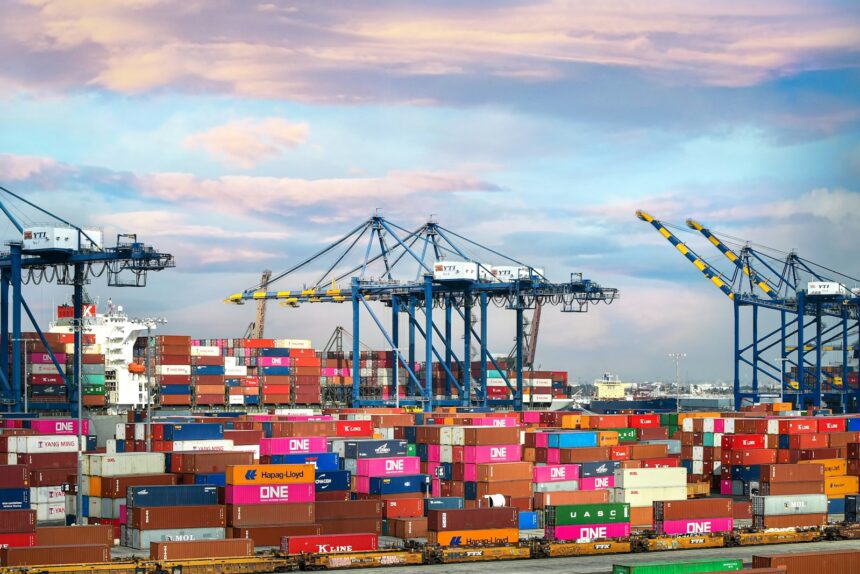Canada’s trade deficit shrank to $5.9 billion in May, offering a modest rebound after April’s record-setting $7.1 billion shortfall. Statistics Canada reported a 1.1 percent increase in total exports—the first gain in four months—but trade with the United States continued to decline under the weight of persistent tariff tensions linked to President Donald Trump’s ongoing trade war.
Exports to the U.S. fell by 0.9 percent, lowering the share of Canadian goods heading south to just 68.3 percent, well below the 2024 monthly average of 75.9 percent. This marks one of the lowest proportions on record. Imports from the U.S. also dipped, contributing to an overall 1.6 percent drop in total imports for the month.
April’s sharp trade deficit had ballooned from $2.3 billion in March, underscoring the impact of growing trade barriers. BMO senior economist Shelly Kaushik said that while May’s numbers show some improvement, the broader outlook remains uncertain. “We’re coming off a very tough April,” she noted. “The volatility we’re seeing still suggests trade will weigh heavily on second-quarter growth.”
Despite the decline in U.S.-bound shipments, exports to other global markets saw gains. Unwrought gold, silver, and platinum group metals surged by 30.1 percent, with much of that headed to the United Kingdom. Meat exports to Japan also rose by 13.3 percent. However, Kaushik warned that the uptick was concentrated in narrow categories and might not signal a long-term trend. “We need to see a lot more months to know if this is actually a sustainable trend,” she said.
Imports of motor vehicles and parts also continued their slide, down another 5.3 percent after a previous sharp drop. These patterns reflect shifting demand and lingering supply chain imbalances.
Looking ahead, much depends on the outcome of renewed Canada-U.S. trade talks. Tensions escalated recently over Canada’s proposed digital services tax—since repealed by Prime Minister Mark Carney—but both Carney and President Trump have signaled their intent to finalize a new trade agreement by July 21. Any deal could alter the current trajectory and provide clarity for businesses navigating the uncertainty.

